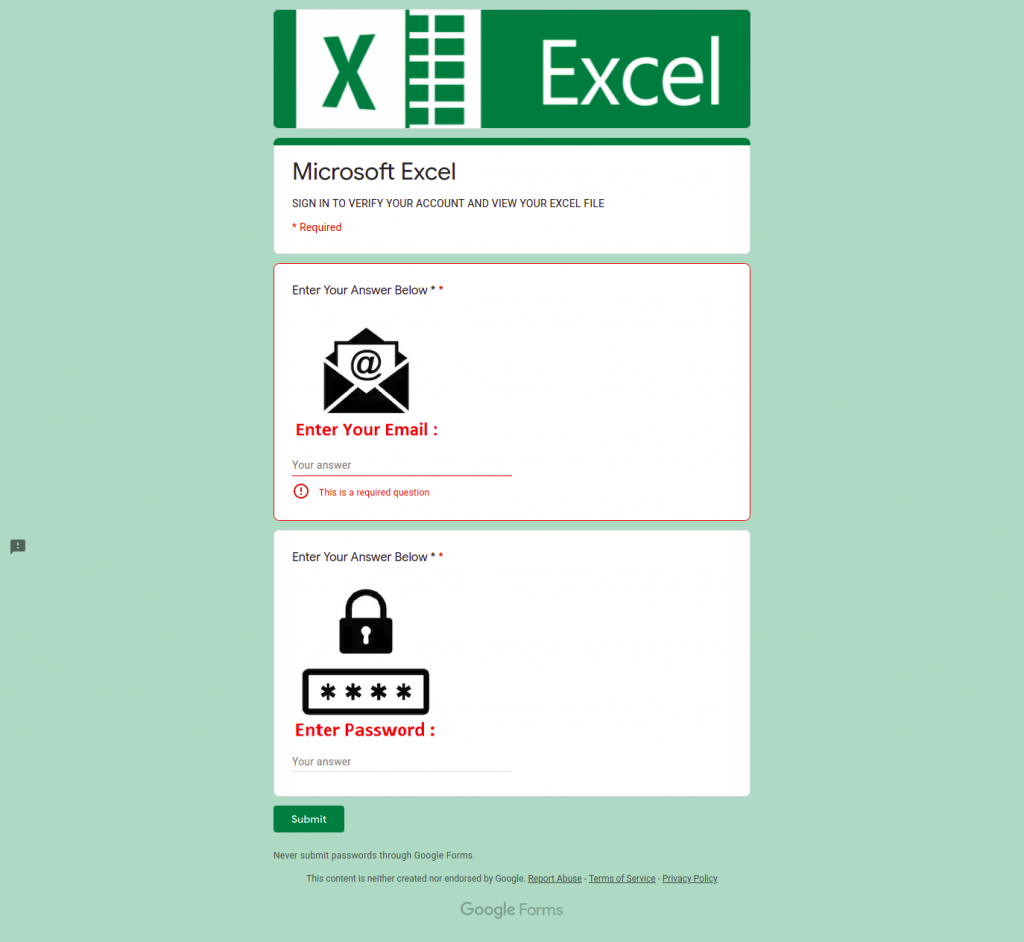A woman I used to work with contacted me via Facebook messenger a few days ago. She was passing along a warning regarding a video containing a virus that formats your phone. The video was called “Dance of the Pope” and the notification included the suggestion to forward “to as many as you can”.
I hadn’t heard of this virus so did some searching right away before sending any warnings. As some of you may know, this is a hoax. Snopes reported it as such a few years ago. And a little more searching turned up .uk websites with articles dated this year that reported the hoax.
I thanked my friend for the warning and let her know that what I had found identified the message as a hoax. I also let her know about using the Snopes website to check for hoaxes and provided her with the link as well as links to some of the .uk articles I had found.
The unfortunate truth is people have tools in their hands that they know can cause pain or even economic loss if the tool is lost to them. What too few people know is where to get accurate information about risks and how to respond. Unfortunately, as far as I know, there’s only Snopes. And unfortunately, not enough people know about it.
If you read this, pass it on. Use Snopes to check for hoaxes.
Of course, malware writers are smart. And always devising new ways to infect systems. One day it may be true that “Dance of the Pope” is weaponized so if it is opened it does cause damage.
When that day comes the usual guidance of don’t open things you aren’t expecting will need to be a mantra everyone follows. And there will be an even greater need to know where and how to get reliable information to protect your digital life.



